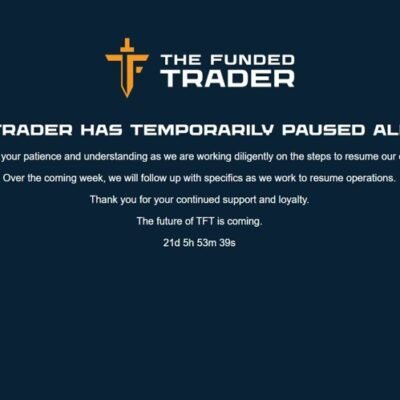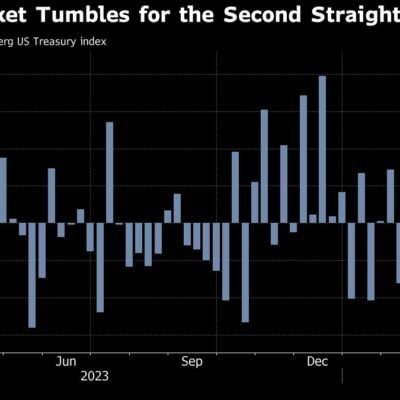(Bloomberg) — The failure rate for US securities transactions climbed on Thursday, in a timely reminder of the lingering challenges from this week’s shift to a faster trading system.
Most Read from Bloomberg
Data released earlier on Friday by the Depository Trust & Clearing Corp. — the first principally focused on trades made under the accelerated regime — showed a moderate increase in settlement failures to above average levels. Figures published a day earlier, which represented a mix of transactions using the old and new systems, had shown no increase in the failure rate.
The uptick remained smaller than many industry participants had predicted in the buildup to the shift, which halved the time allowed to settle US trades to a single day. It arrived as they faced another big test of the system known as T+1: the rebalance of MSCI Inc.’s indexes.
Investment vehicles at home and abroad that follow the indexes reshuffled holdings in tandem on Friday, a test of the trading infrastructure. As of about 5:30 p.m. New York time, there hadn’t been major issues reported. Liquidity in foreign-exchange markets was steady.
Read more: How the New ‘T+1’ Rule Settles US Stocks in a Day: QuickTake
“The historic conversion from T+2 to T+1 has gone smoothly thus far,” Securities and Exchange Commission Chair Gary Gensler said in a Friday statement. “We remain in close contact with the clearinghouses and other market participants as we continue to monitor the transition ahead of increases in trading volumes expected this afternoon.”
In a separate statement on Friday, the Investment Company Institute, Securities Industry and Financial Markets Association and DTCC said early indications after the T+1 implementation were positive. The group said it’d be “working closely with firms and key stakeholders in the coming weeks to monitor and address any issues that may arise.”
Thursday’s “Fails Rate” in the DTCC’s Continuous Net Settlement system — which aims to minimize the exchange of securities between counterparties by netting off trades — rose to 2.71% from 1.90% a day earlier. That’s higher than the May average of 2.01% for T+2 settlements.
The rate for matched trades processed outside of CNS climbed to 3.51% from 2.92% a day earlier, the DTCC said. The T+2 average for May was 3.24%.
Despite the rise, Wall Street had reason to approach the MSCI rebalance with some confidence. A January survey by research firm ValueExchange had showed that market participants expected the fail rate to increase to 4.1%, meaning current figures are still better-than-expected.
The latest DTCC data also showed that Thursday’s trade affirmation rate — a mandatory step before settlement — edged higher to 94.66% from 94.55% a day earlier. That’s well above the target of 90% set by the DTCC to ensure market efficiency was maintained.
“Surprisingly it’s going much better than the street expected,” said Stephane Ritz, a managing principal at consultancy Capco and the firm’s T+1 global lead. “The level of testing and preparedness has been quite impressive across the industry.”
–With assistance from Ben Bain and Carter Johnson.
(Updates with afternoon details, additional comment.)
Most Read from Bloomberg Businessweek
©2024 Bloomberg L.P.





